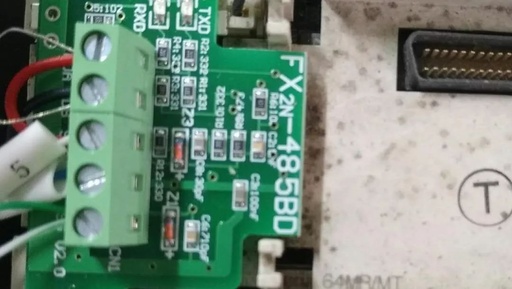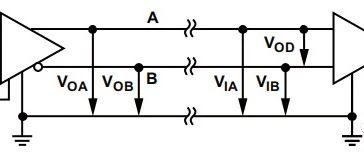4G and 5G Are Not Suitable for IoT, Yet They Persist
The Internet of Things (IoT) is a key technology that will determine the future economy. The ubiquitous interconnection of all things will eventually become a reality. However, achieving ubiquitous IoT coverage is not that easy. IoT technologies such as ZigBee, 6LoWPAN, or IEEE 802.11ah are only suitable for short-range IoT coverage and cannot guarantee reliable … Read more





